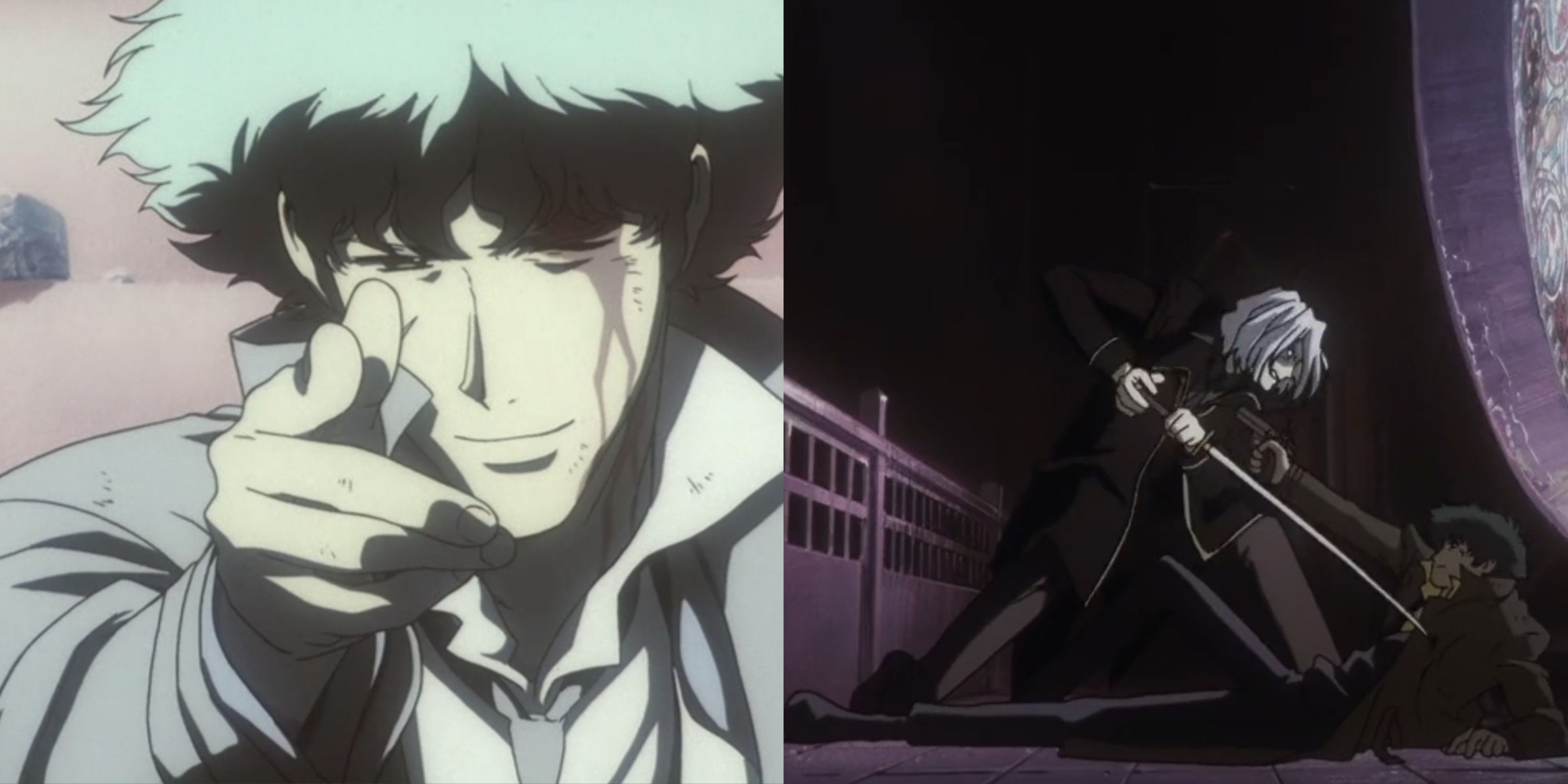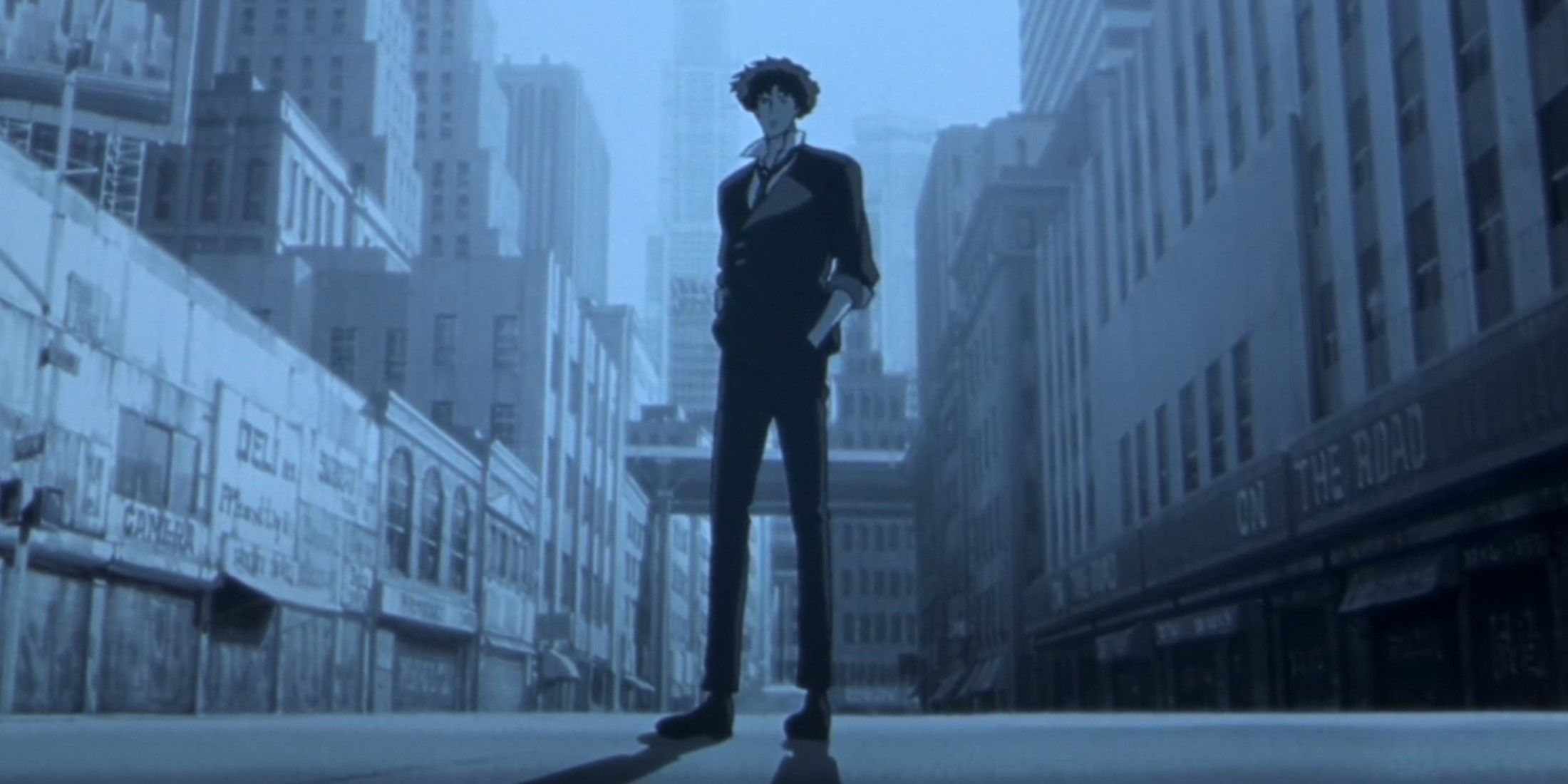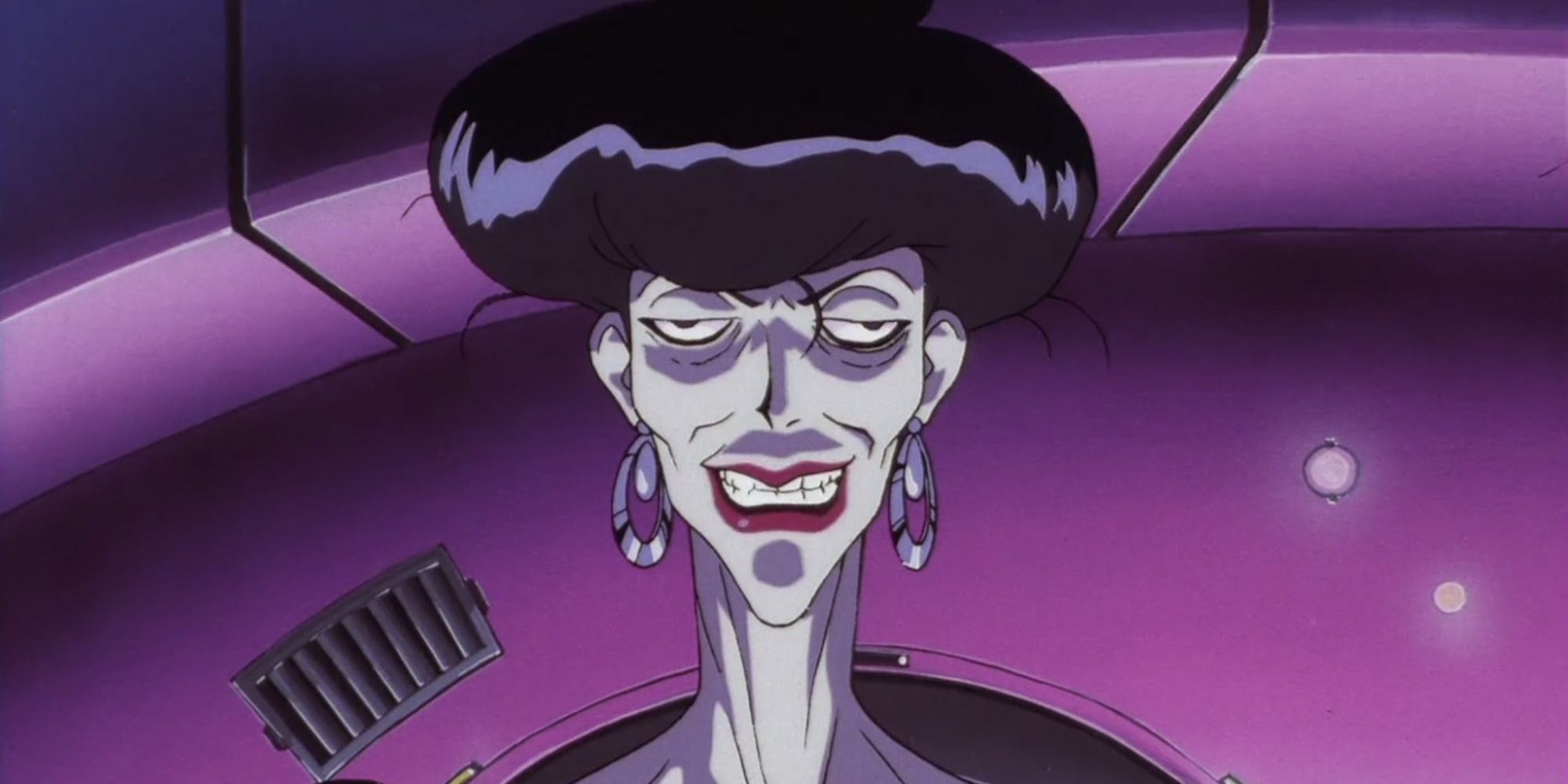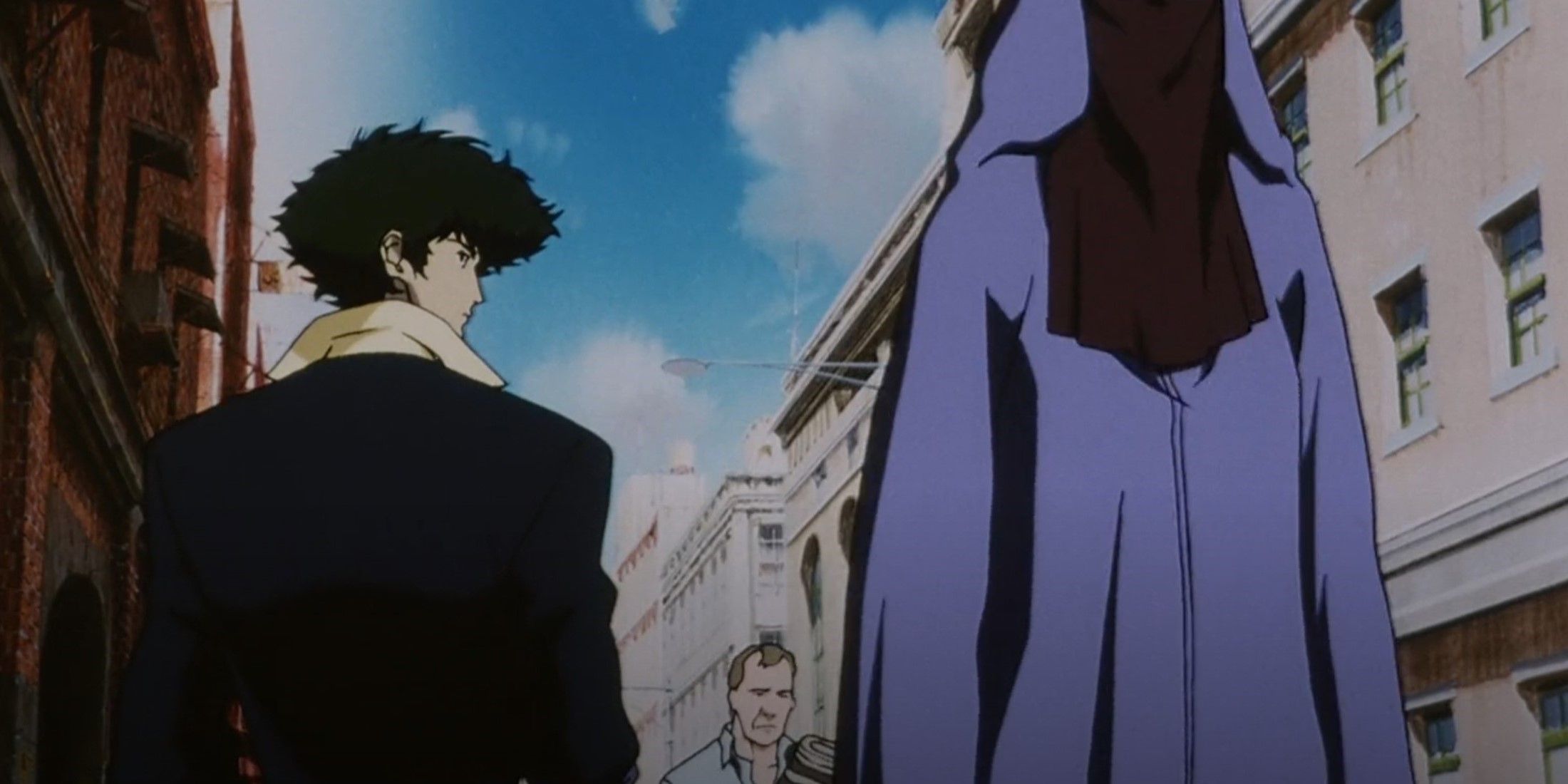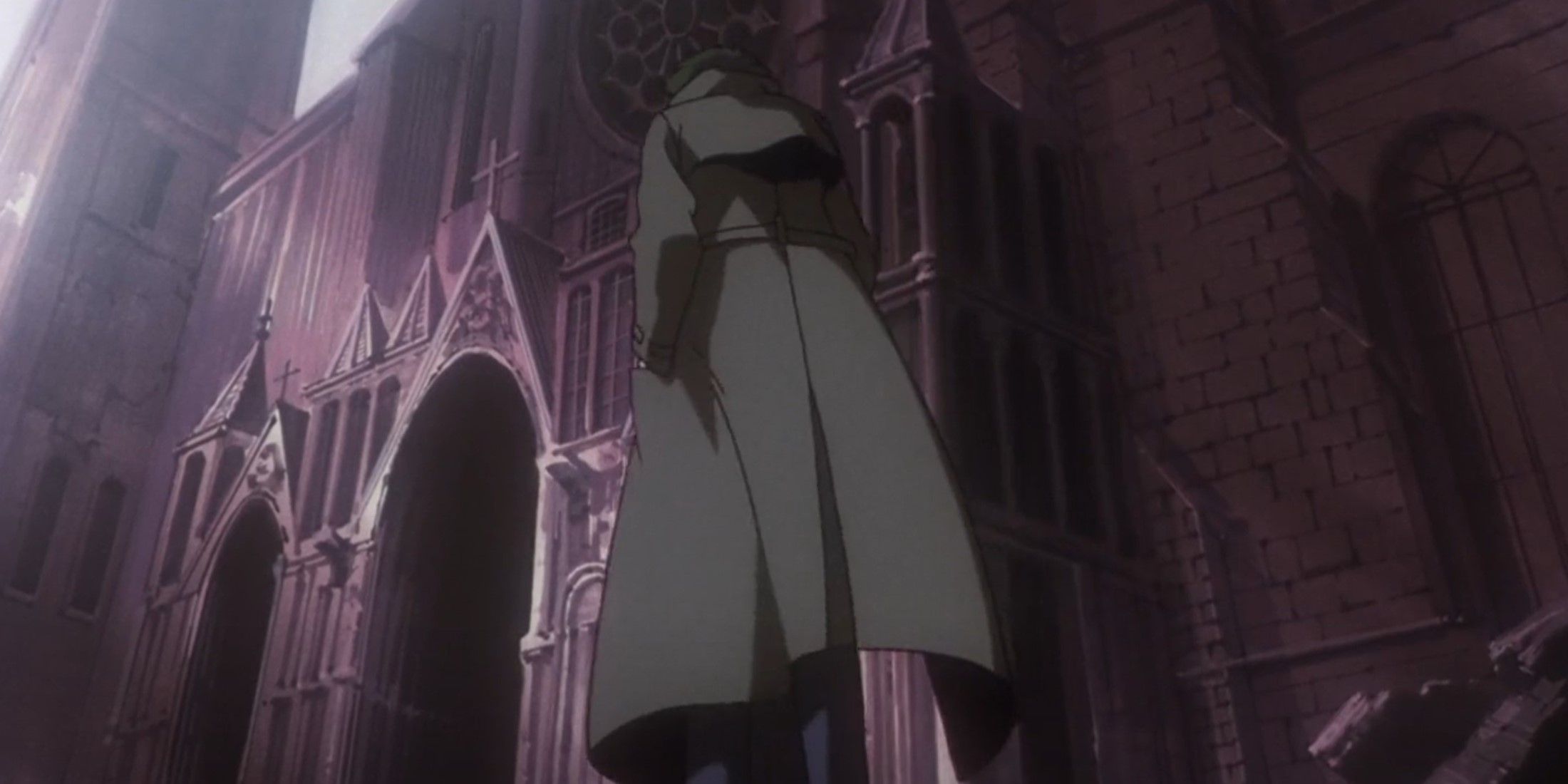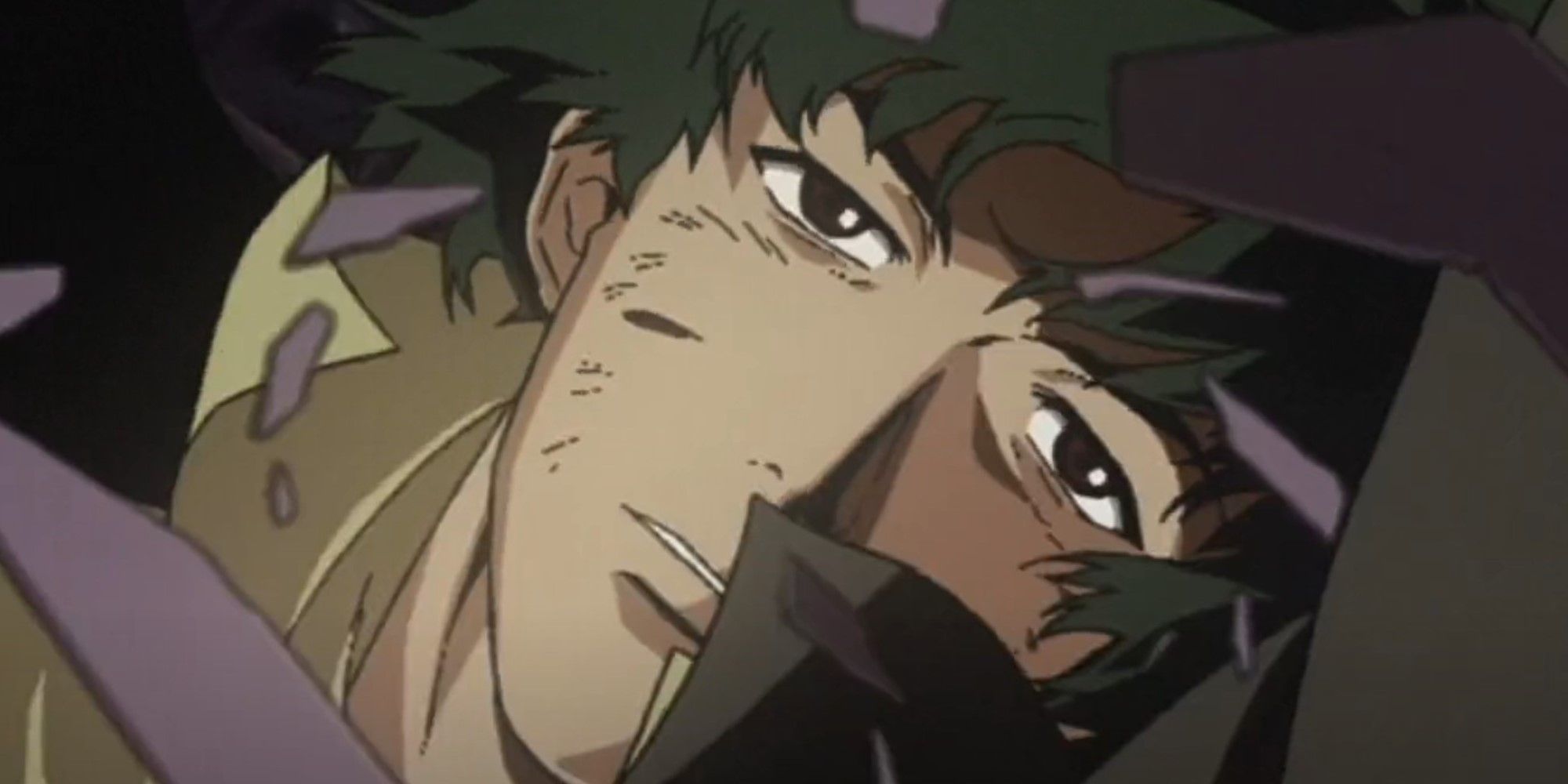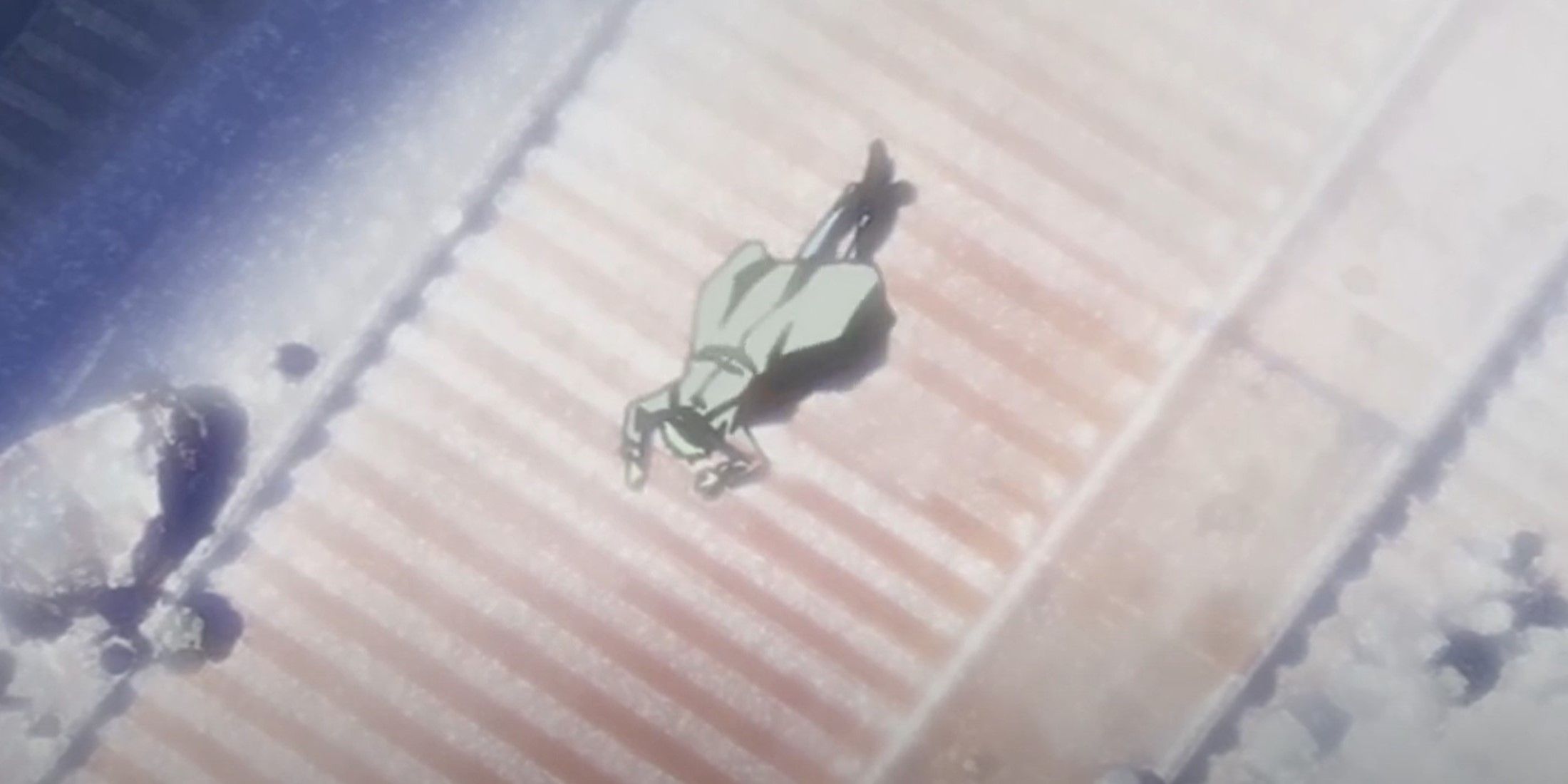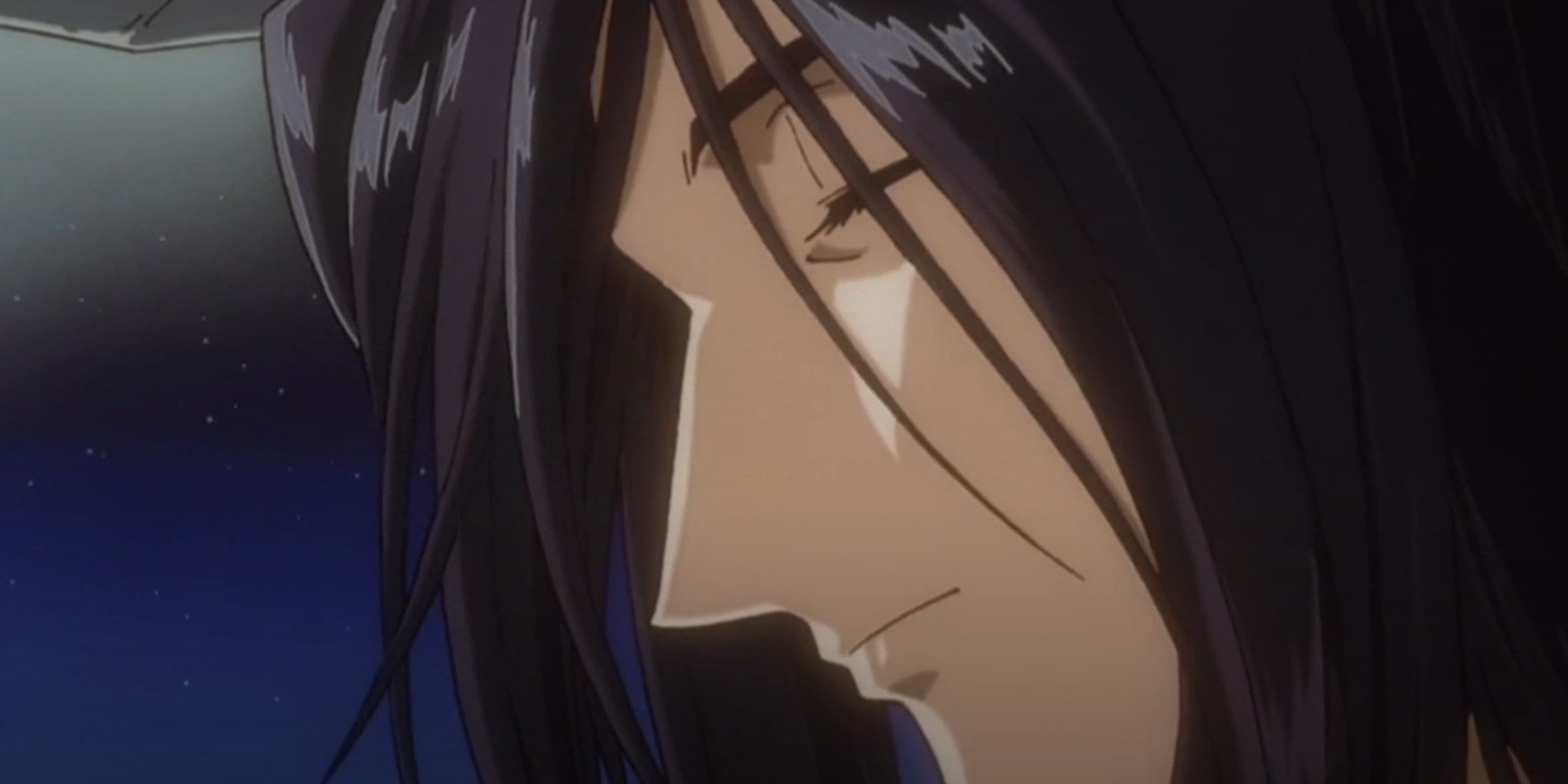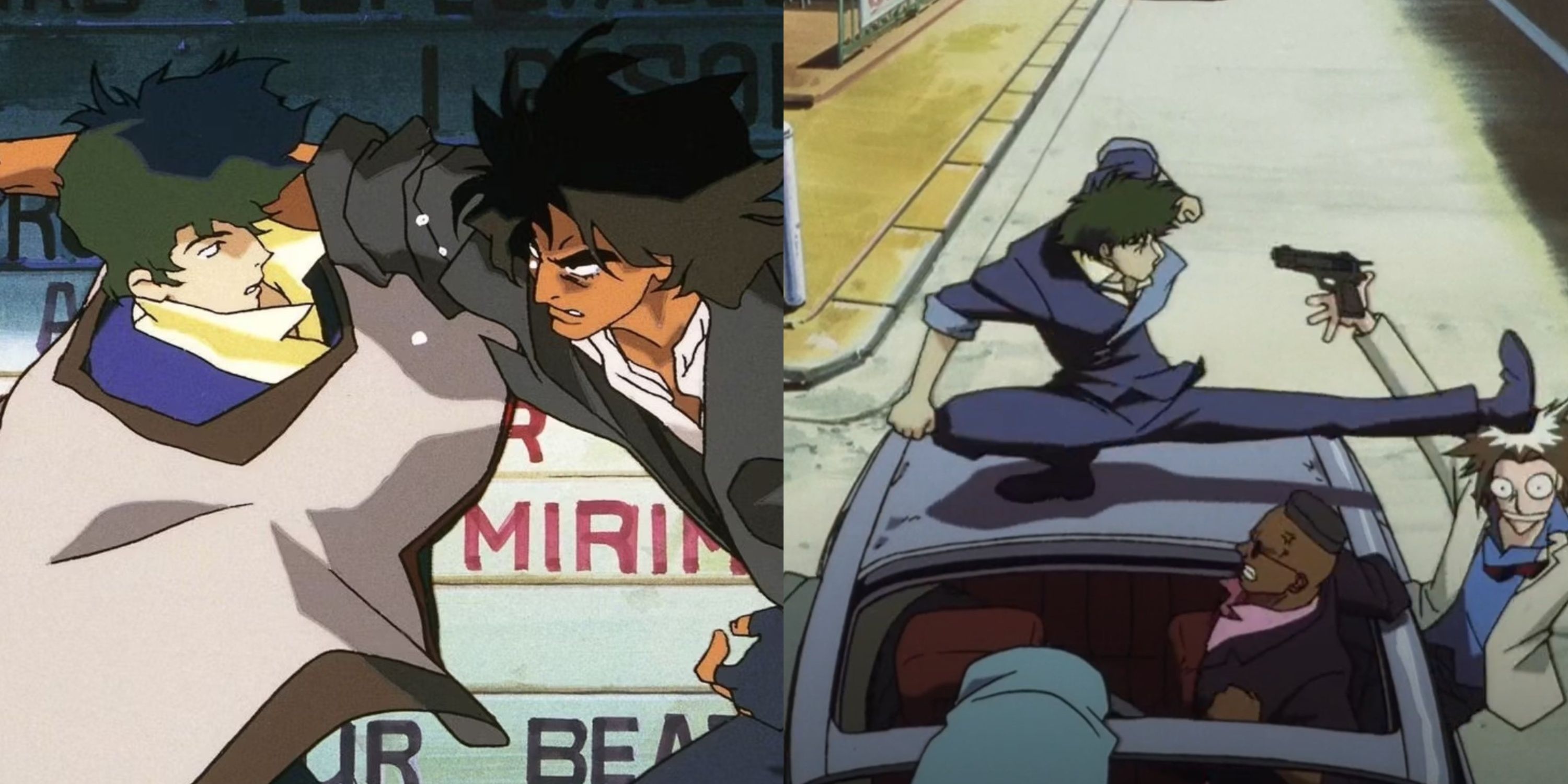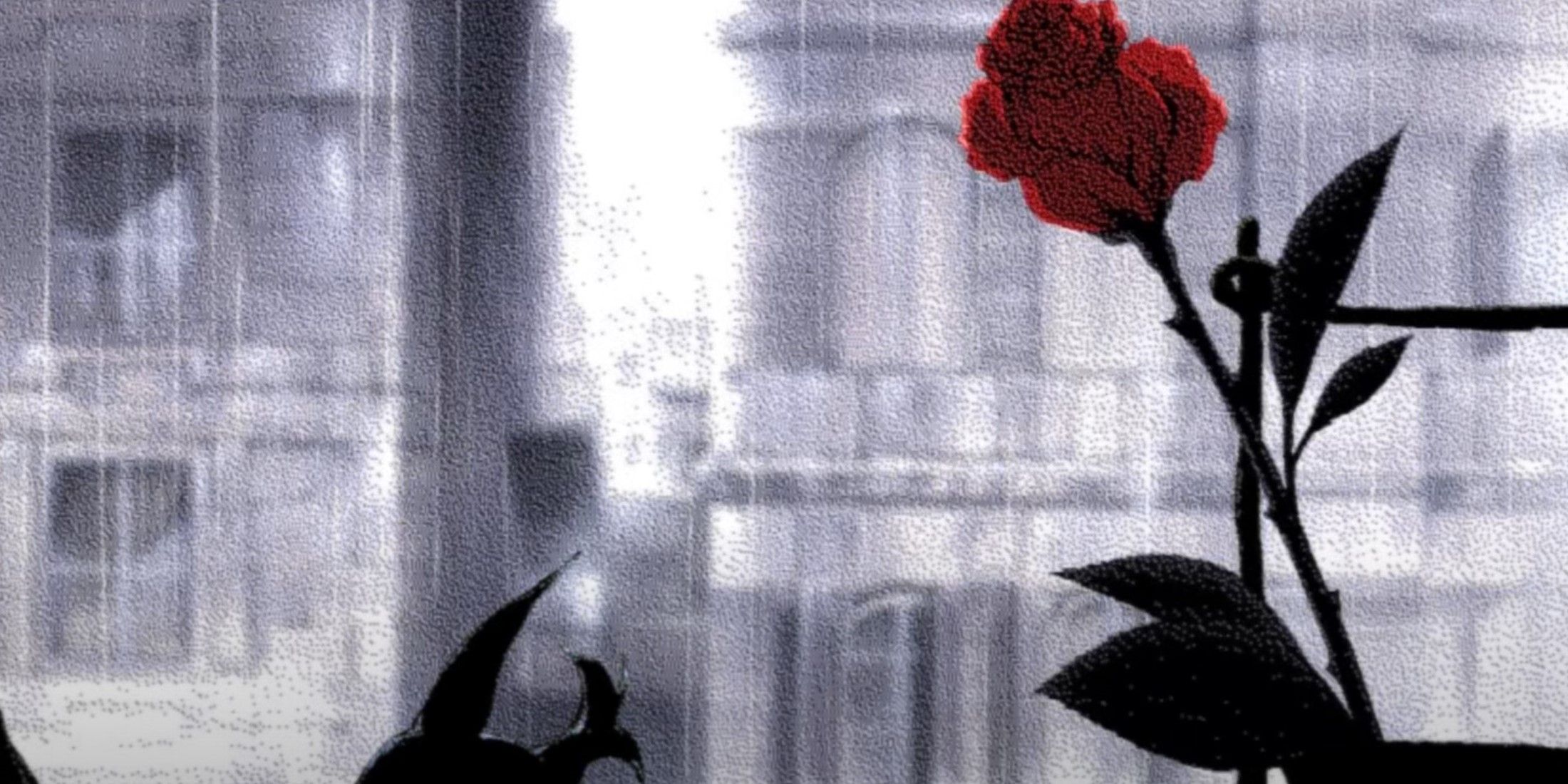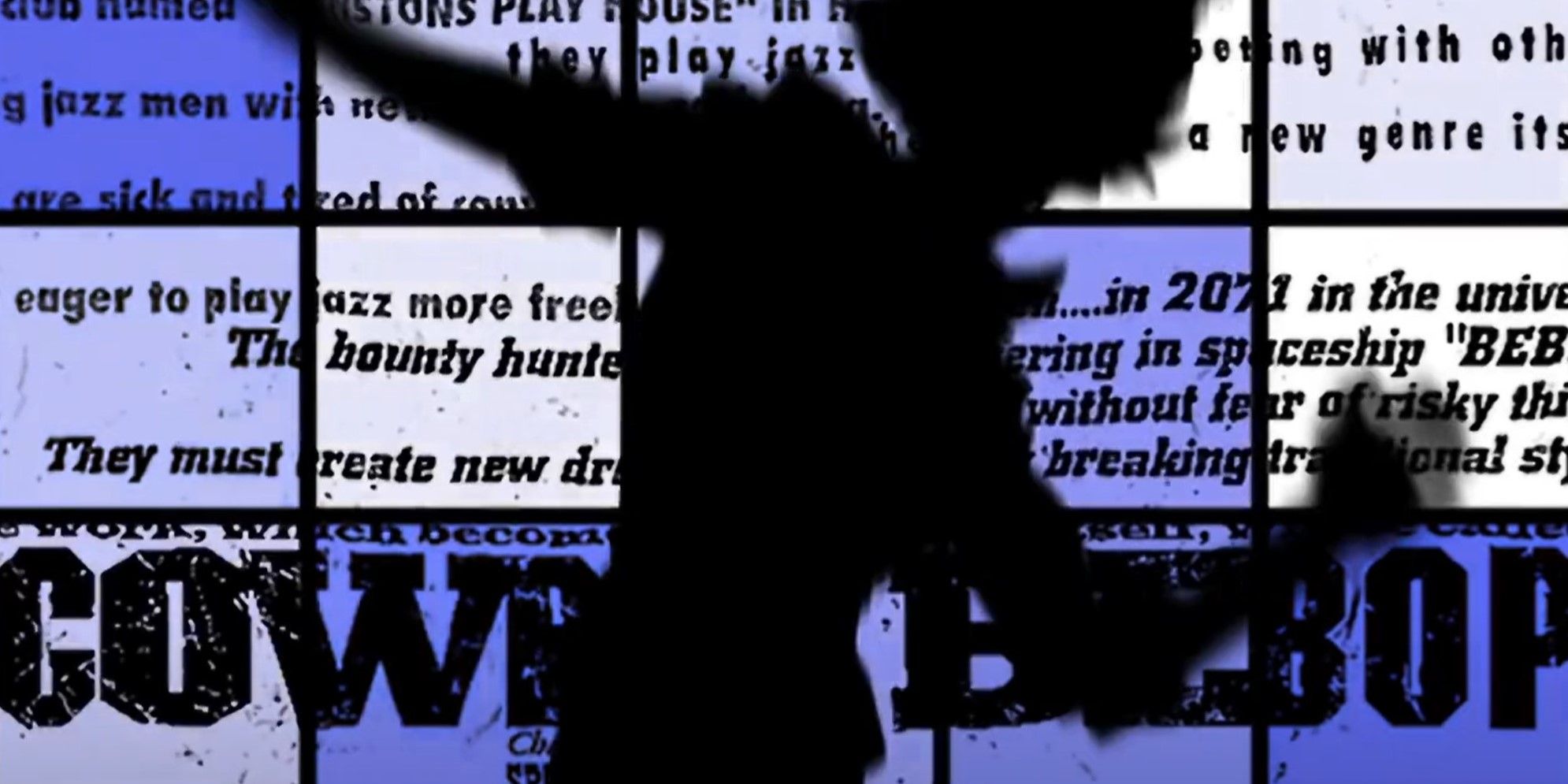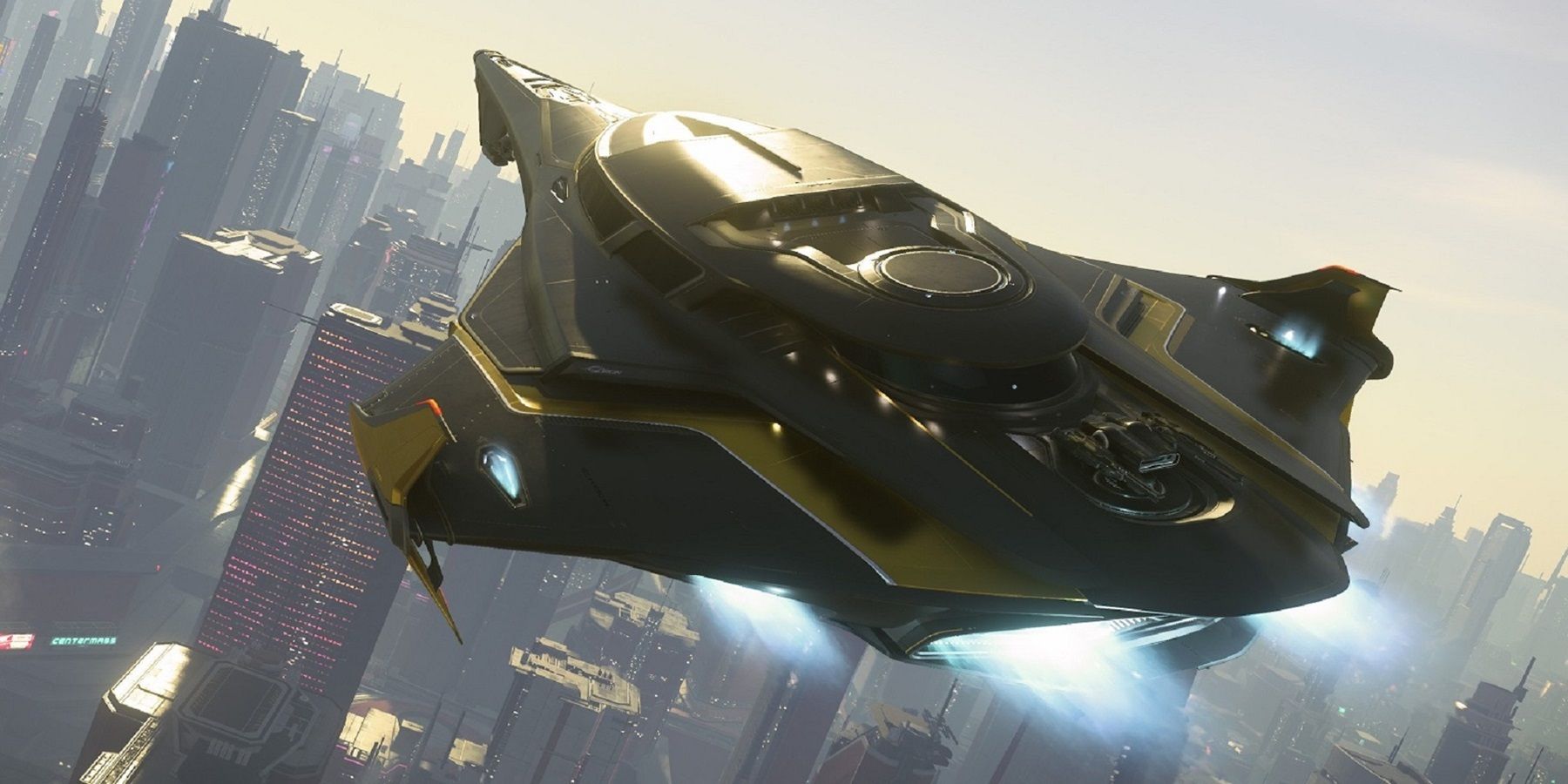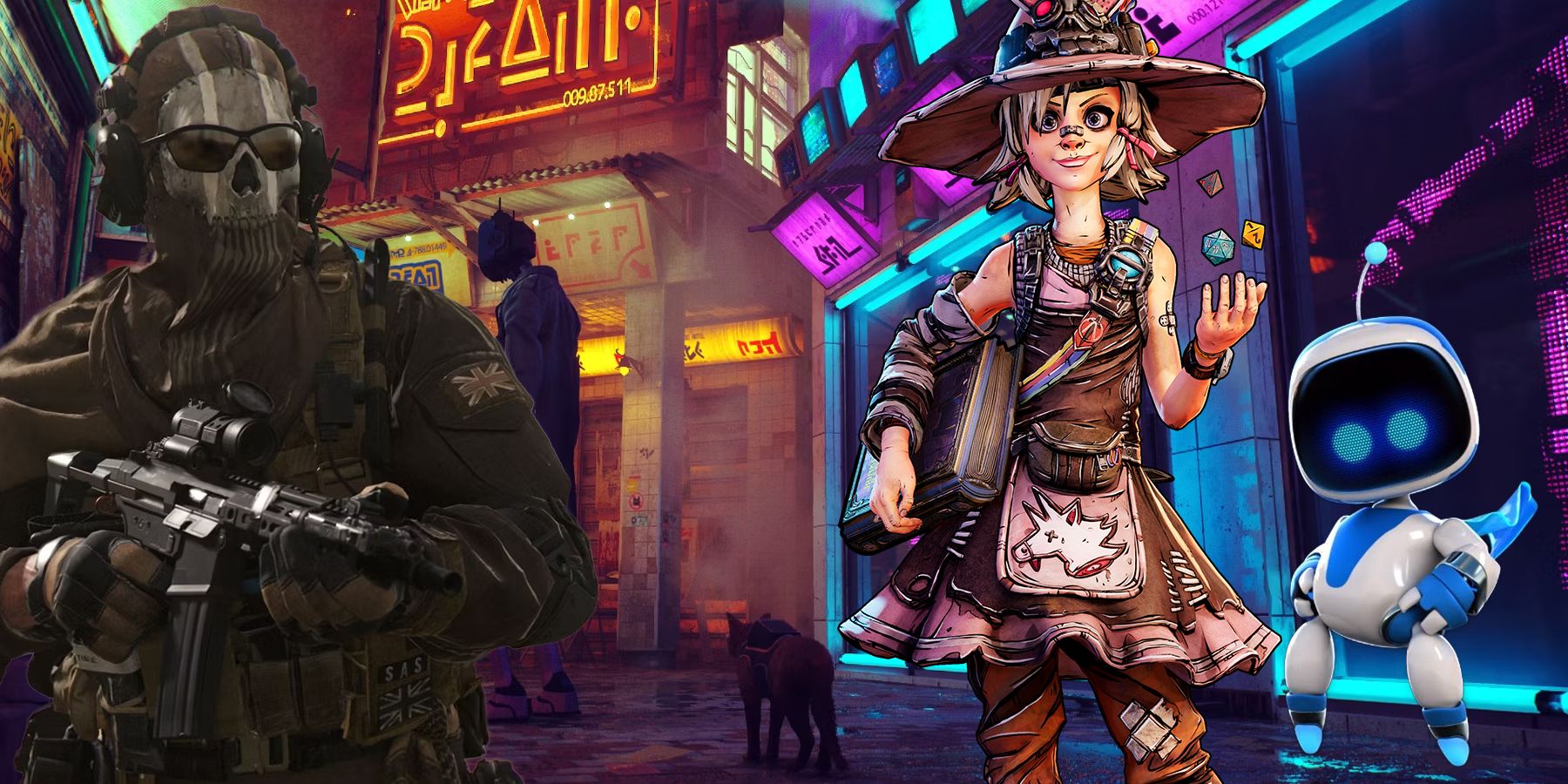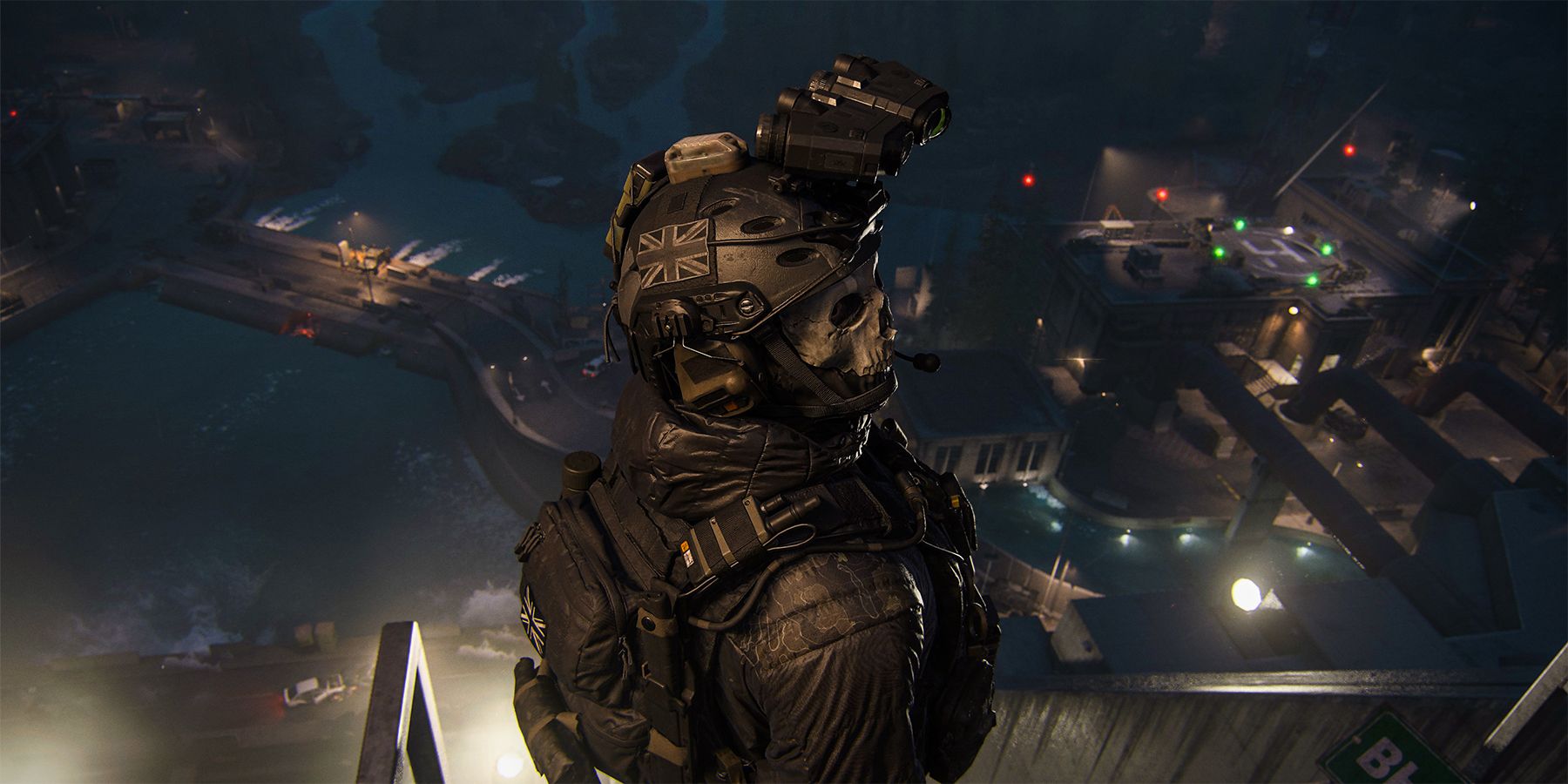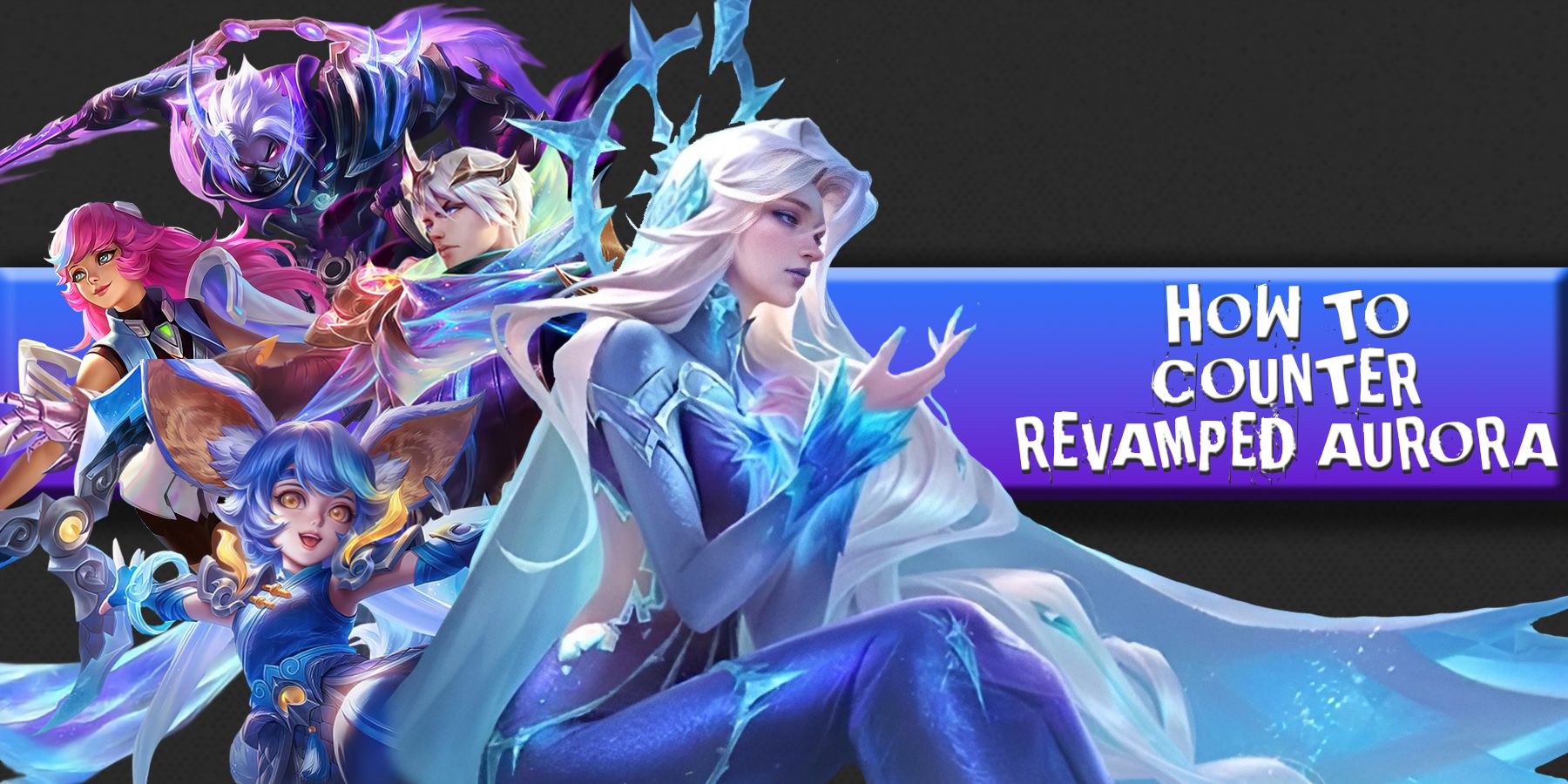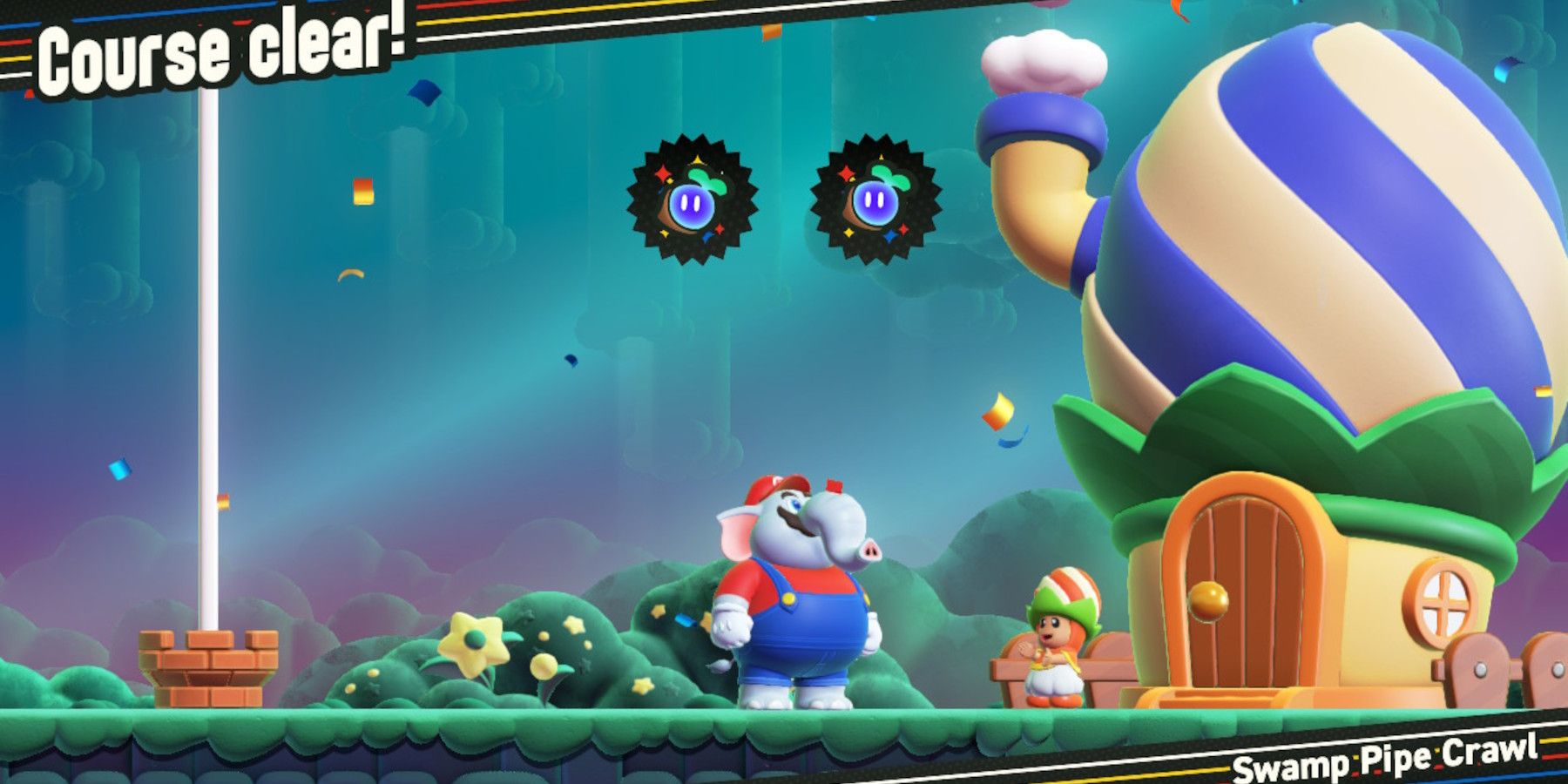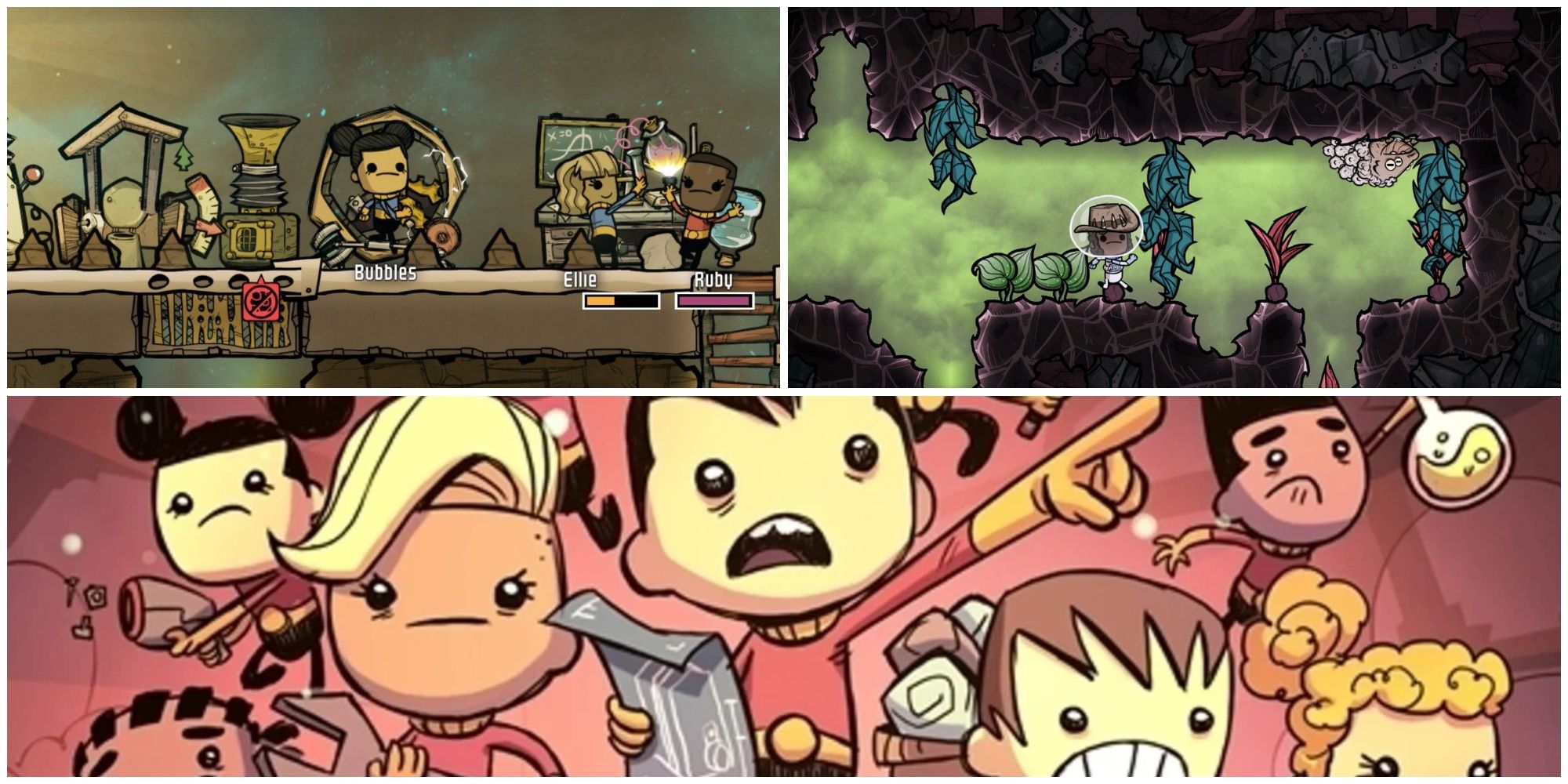Highlights
- The music of Cowboy Bebop, recorded by Yoko Kanno and her band, is inseparable from the series’ identity and has become central to its global image.
- The soundtrack includes memorable songs like “Ask DNA,” “Too Good Too Bad,” and “Gotta Knock a Little Harder,” which help define the franchise and complement important moments in the series and film.
- Songs like “Blue,” “Space Lion,” “Rush,” “The Real Folk Blues,” and the iconic opening theme “Tank!” are beloved by fans and have become synonymous with Cowboy Bebop, showcasing the show’s unique blend of jazz, blues, and science fiction.
For many, the music of Cowboy Bebop is as inseparable from its identity as its main cast. Built on thematic foundations of merging the bebop musical style of the 1940s and the space western subgenre of science fiction, the jazz and blues-inspired soundtrack accompanying the original series was recorded by Japanese composer Yoko Kanno and her band, the Seatbelts. Since its debut, the anime’s original soundtrack and its offshoots have gone on to become central to the series’ global image.
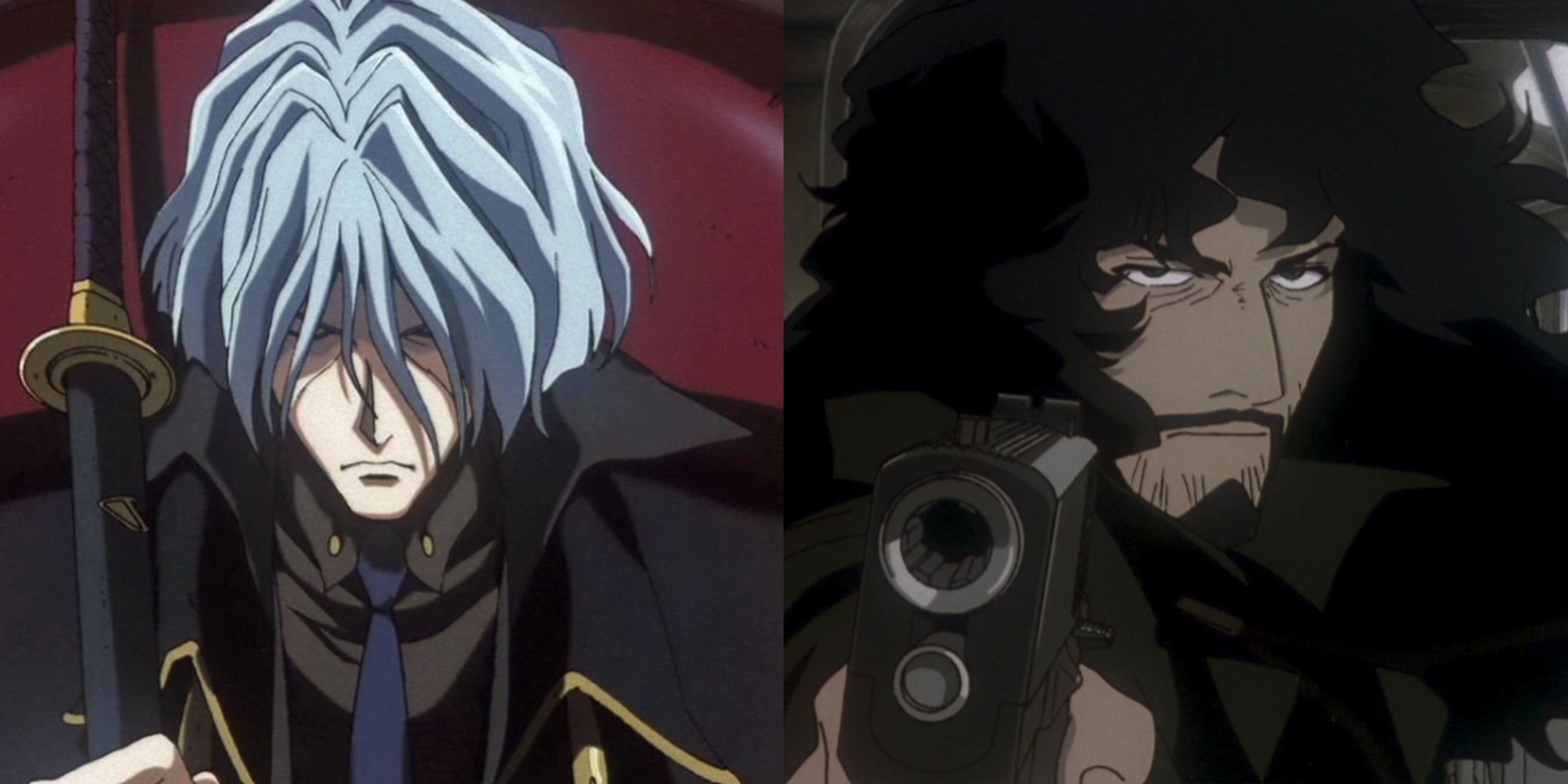
9 Best Villains In Cowboy Bebop, Ranked
Each armed with their own unique history that ties into the series’ futuristic reality, Cowboy Bebop’s antagonists are not to be messed with.
Curating a selection of the best songs from a soundtrack as littered with musical gems as that of Cowboy Bebop, is no easy prospect, and the results will invariably spark heated debates due to the inherent biases involved in selection. Whether these choices are made on the grounds of personal tastes or individual impact on the story, there is certainly no objective correct answer in any case. Hence, without any further ado, here are some of the songs that helped define the franchise.
10 Ask DNA
Kicks Off The Movie With Electric Blues
As the title theme for the series’ movie adaptation, which has been alternately titled Cowboy Bebop: Knockin’ on Heaven’s Door or simply Cowboy Bebop: The Movie, “Ask DNA” was released as part of the accompanying film soundtrack in 2001.
Playing over the opening credits of the movie, the track — featuring vocals by Raj Ramayya — complements shots of Mars’ urban landscape and its residents, detailing the vibrant world the series is set in.
9 Too Good Too Bad
A Slick Build-Up To Chaotic Escapades
Featuring a persistent train beat punctuated by snare drum rolls and an instantly recognizable horn section, this track is featured in the build-up to the climaxes of Session Four titled “Gateway Shuffle,” and Session Nineteen “Wild Horses.”
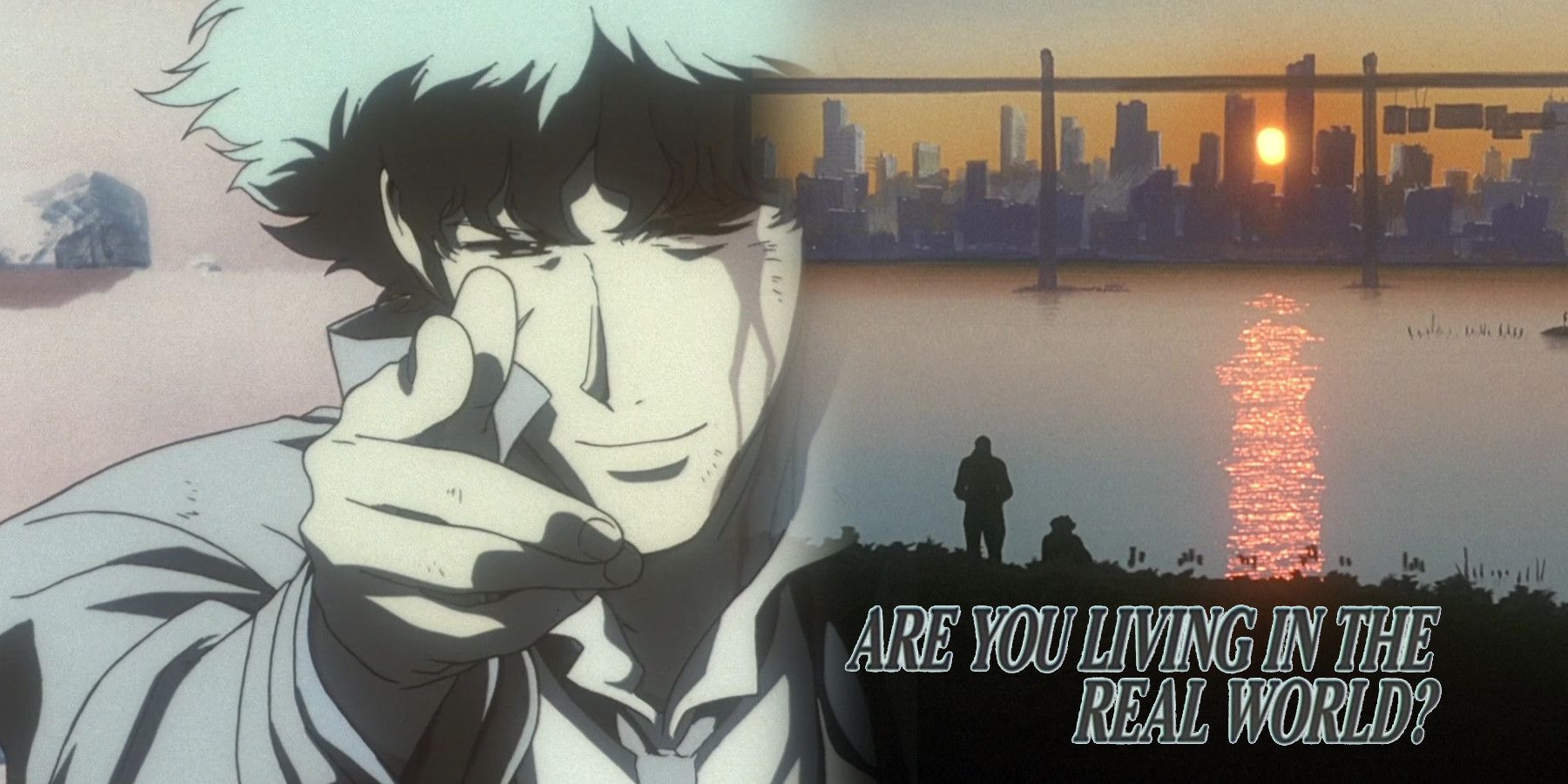
Cowboy Bebop: Life, Death, and Dreams
There’s a theory that Cowboy Bebop The Movie is actually a dream, but that is just the beginning of a much bigger discussion.
Playing a riff that returns after each horn solo, the brass is the hero of “Too Good Too Bad,” and the song’s composition is a study of how limitations can create something truly memorable.
8 Gotta Knock A Little Harder
Wraps Up The Narrative Of The Film
Another piece from the movie soundtrack, “Gotta Knock a Little Harder” is set to scenes of rain falling over Mars’ urban realm, as the crew of the Bebop succeeds in their mission to disperse the antidote to the nanomachine pathogen that Vincent Volaju had threatened to unleash.
Featuring the vocals of Mai Yamane, the track is an ideal way to bookend the movie, when the world returns to normal after Spike, Jet, Faye, Ed, and Ein save the day once again.
7 Rain
Prelude To The First Encounter With Vicious
Playing in Session Five, “The Ballad Of Fallen Angels,” this song has two released versions, featuring vocals by American musician Steve Conte in one, and Mai Yamane in the other. Its swelling organ sections raise the tension as Spike wanders into the cathedral where Faye is being held captive by Vicious, setting up their first real confrontation in the series.
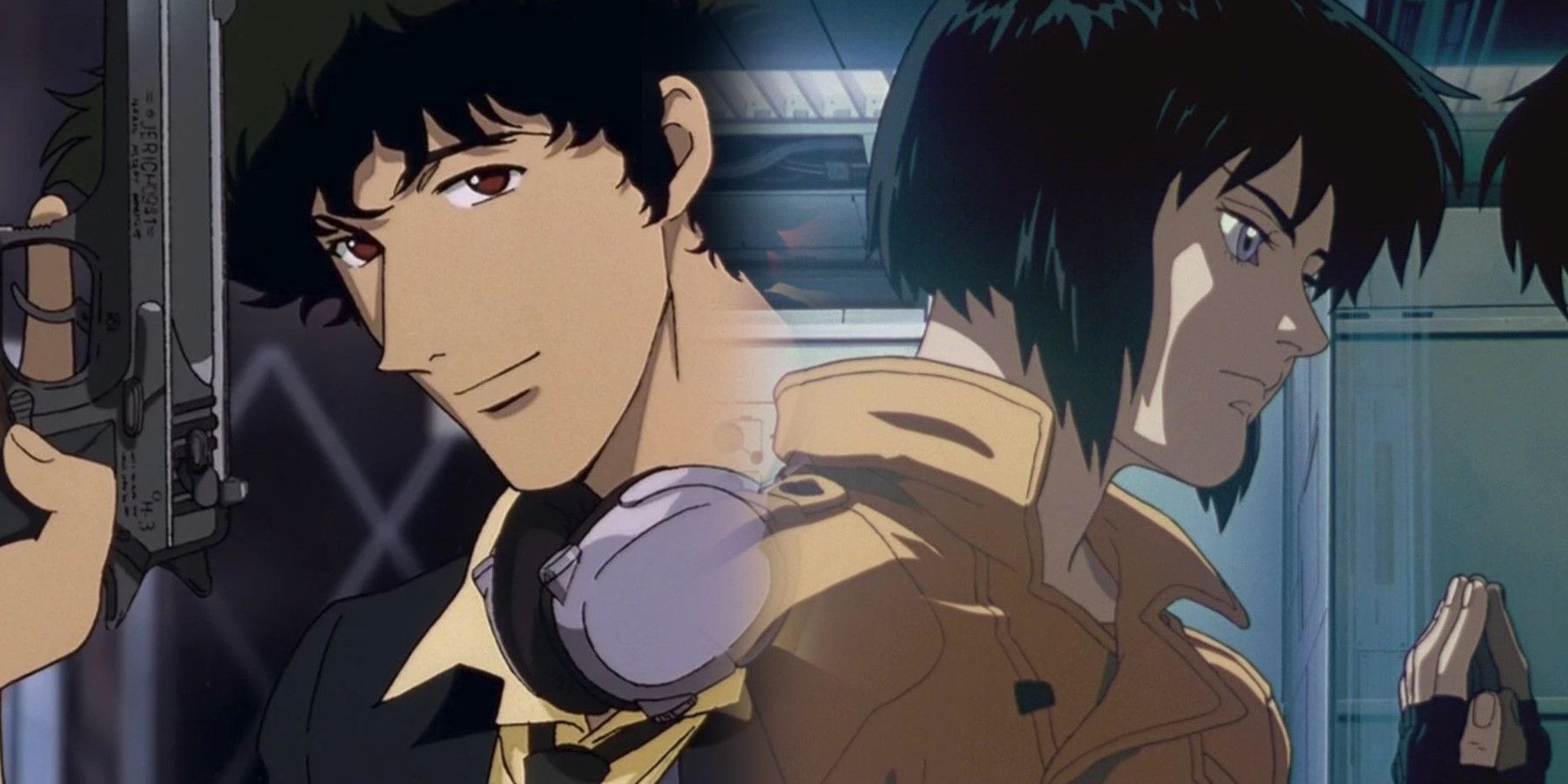
The Realist Sci-fi of Cowboy Bebop and Ghost in the Shell
Cowboy Bebop and Ghost in the Shell don’t have a lot in common, but they both use similar tricks to draw audiences into their worlds.
In essence, this track signals the introduction of Spike’s main character arc, as he tries and fails to escape the lingering remnants of his past.
6 Green Bird
A Flood Of Fragmented Memories
One of the more subtle tracks, “Green Bird” is primarily a piano and choral composition with limited instrumentation, featuring the vocal talents of Yoko Kanno herself. Featured in “The Ballad of Fallen Angels,” the track is the score to Spike reminiscing about his past, including his relationships with Vicious as well as Julia.
A fitting accompaniment to one of the series’ most poignant emotional moments, the track exposes Spike’s fears and vulnerabilities at a time when his fate hangs in the balance.
5 Blue
The Emphatic Series Closer
Few songs can give a show a send-off as fitting as “Blue,” the track that pairs with Cowboy Bebop’s end credits sequence, marking one of only two times when the series’ usual ending theme does not play.
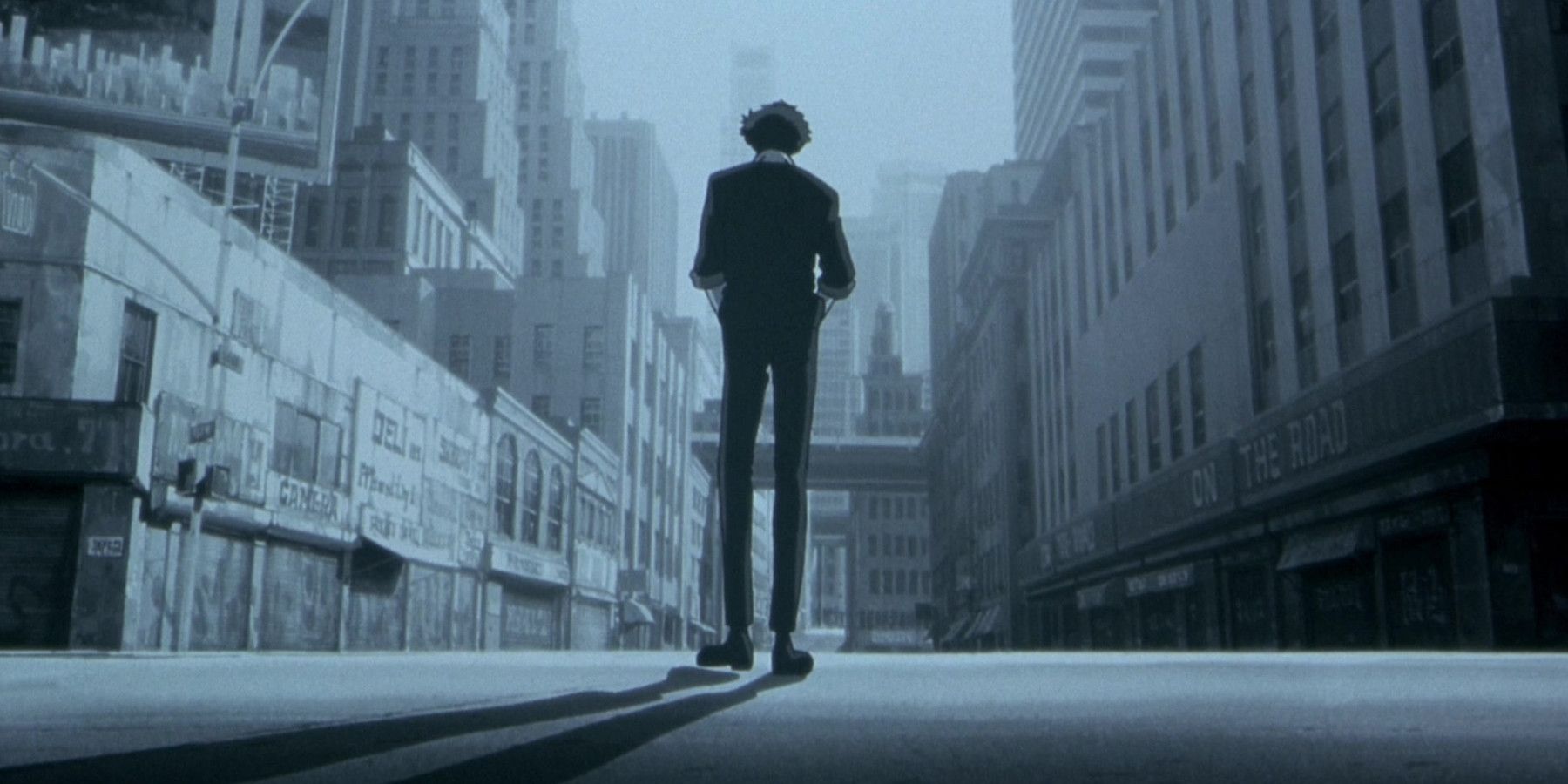
Why The Cowboy Bebop Movie Is The Best Part Of The Series
Cowboy Bebop has been praised up and down for years, but not enough people talk about how great the movie was.
Capping off one of the most iconic closing sequences in anime history, the song’s soaring chorus, with vocals by Mai Yamane, pans up from the frame of Spike lying motionless on a staircase and moves towards scenes of starry constellations and bright blue skies which signify his liberation from his past.
4 Space Lion
Reflects Gren’s Hope
The only other song to replace the series’ usual ending theme, “Space Lion” is eternally associated with Gren, the central character of the series’ first two-part Session, “Jupiter Jazz.” Rounding off the second installment of this segment of the story, the theme plays over scenes of Gren embarking on a final space flight to Titan, after being fatally wounded in a fight against Vicious.
The track features a slow tribal drum rhythm and wordless vocals alongside saxophone solos, echoing Gren’s own talents at playing the instrument.
3 Rush
Epitomizes The Blend Of Music And Animation
If there is a single track that can encapsulate how important Cowboy Bebop’s music is to the production, “Rush” would almost definitely be at the top of the list. Playing in the very first episode, the song’s blend of horns and uptempo swing rhythms follows every punch, kick, and block in Spike’s first fight against Asimov Solensan in Tijuana, adhering to the flow of their movements impeccably.
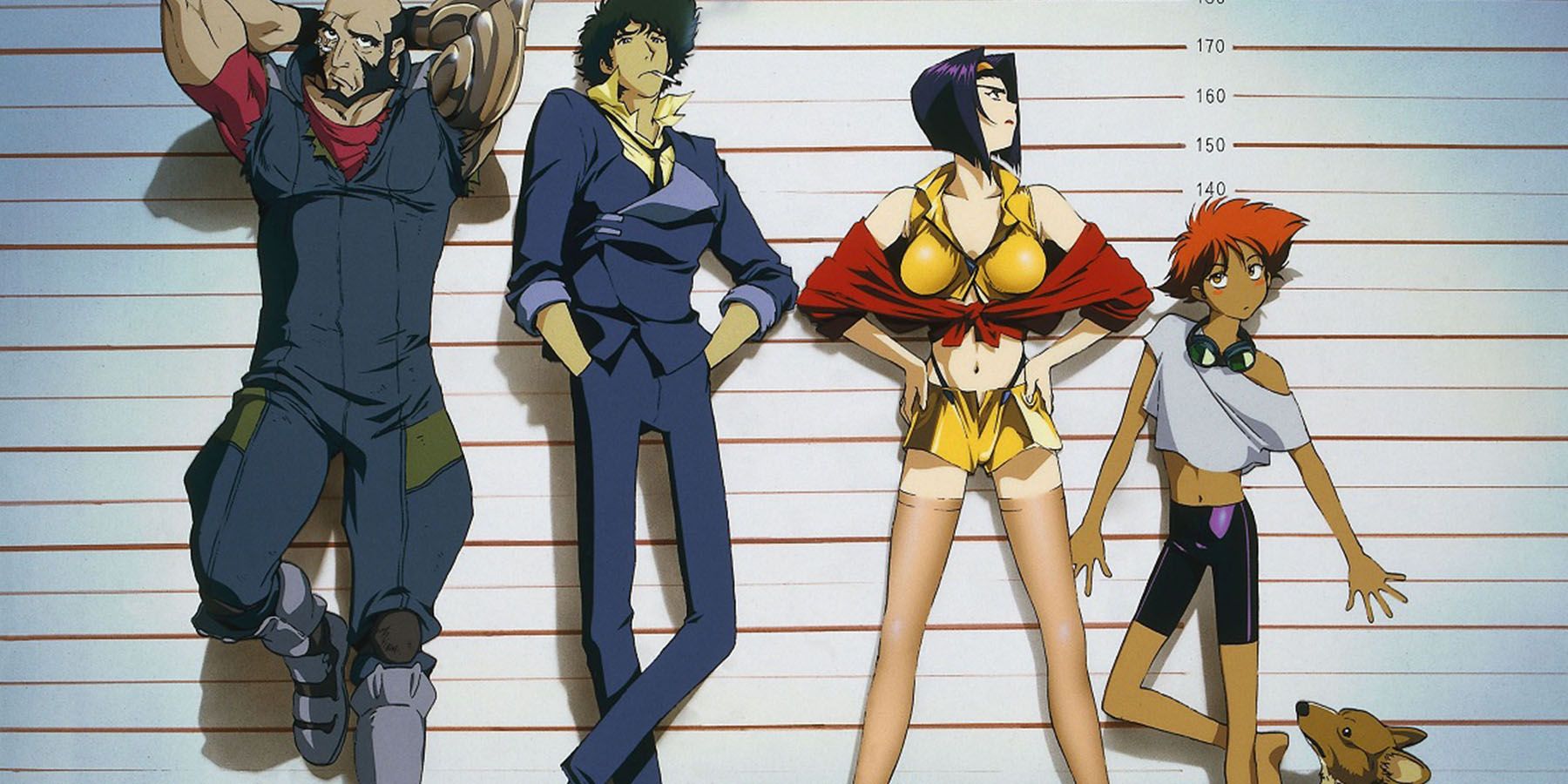
Was Cowboy Bebop A Success In Japan and International Markets?
Cowboy Bebop has gained a cult following over the years. Just how successful was the series?
The song also features in Session Three “Honky Tonk Women,” and Session Nineteen “Wild Horses,” which attests to how versatile it truly is.
2 The Real Folk Blues
An Unforgettable Ending Theme
There are only a handful of ending themes that have been afforded the same status as “The Real Folk Blues.” Another Yoko Kanno composition with vocals by Mai Yamane, it is one of the few songs to feature Japanese lyrics, which are interspersed with scenes from Spike, Julia, and Vicious’ intertwined past.
Pervaded by an inherent air of sorrow and regret, the song’s verses build up to a dramatic chorus, which erupts with string arrangements and the traditional mix of guitar, drums, bass, and horns. An alternate version of the song titled “See You Space Cowboy…” also plays during Spike’s assault on the Red Dragon Crime Syndicate’s headquarters in the final episode.
1 Tank!
The Opening That Eclipses All Others
In more ways than one, “Tank!” is arguably the song that is most associated with the series, and its unique jazz big-band-influenced style has ingrained itself into the mind of every Cowboy Bebop fan over the past quarter-century. Set to segments of the main cast engaging in their usual shenanigans as well as some incredible mechanical motion sequences of the series’ meticulously designed spacecraft and weaponry, the song is an indelible part of experiencing every episode and one that few would ever dare to skip in today’s day and age.
Its iconic bass line, horn section, and effortless sense of groove are memorable, exciting, and slick all at once, coming together to create a sound that is undoubtedly Cowboy Bebop in every sense.
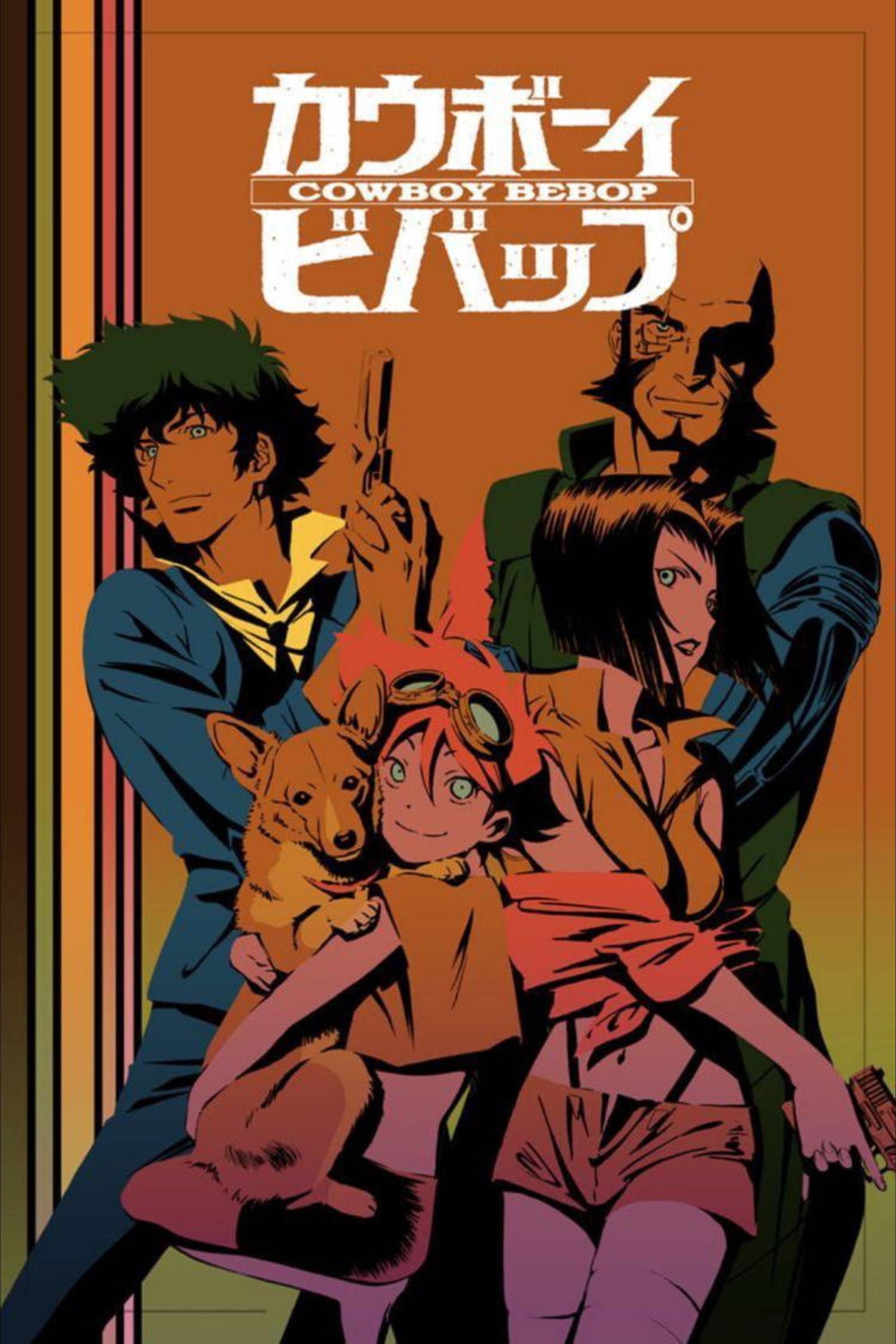
Cowboy Bebop
- Release Date
- April 3, 1998
- Genres
- Action , Adventure , Sci-Fi
- Studio
- Sunrise
- Number of Episodes
- 26
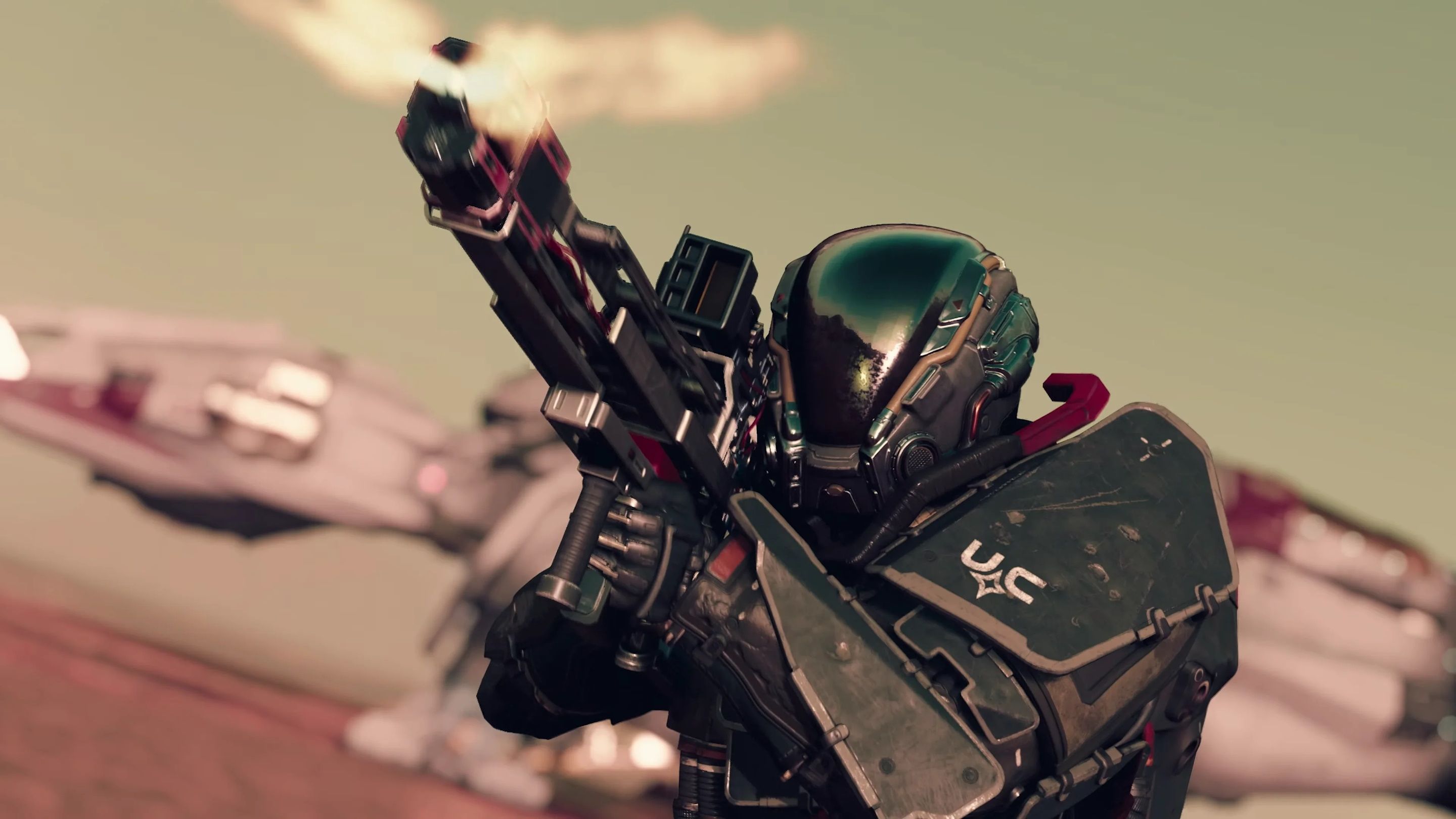
/cdn.vox-cdn.com/uploads/chorus_asset/file/24580379/236602_Ozempic_Ads_HHerrera.jpeg)
